Basics of Forex Trading
Introduction to Forex Trading
Forex trading, also known as foreign exchange trading or currency trading, is the act of buying and selling currencies on the foreign exchange market. This form of trading is decentralized, meaning it takes place on a global network of computers, rather than on a centralized exchange. It is the largest and most liquid financial market in the world, with an average daily trading volume exceeding $5 trillion.
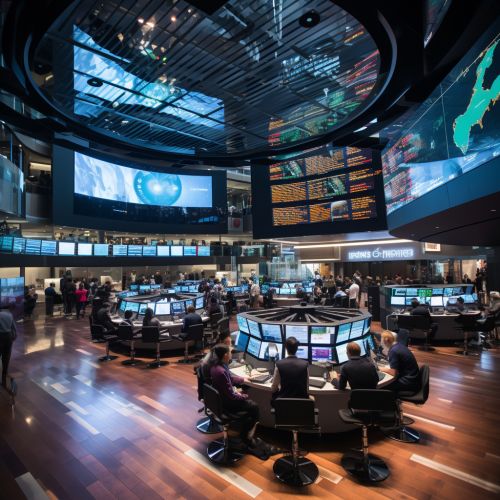

Understanding the Forex Market
The forex market operates 24 hours a day, five days a week, and it has no physical location. Its operation is continuous, beginning each day in Sydney, and moving around the globe as the business day begins in each financial center, first to Tokyo, then London, and New York. Unlike other financial markets, investors can respond to currency fluctuations caused by economic, social, and political events at the time they occur, day or night.

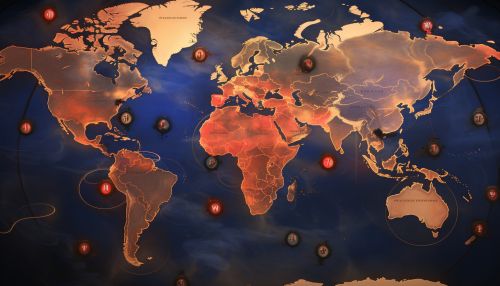
Forex Pairs and Quotes
In forex trading, currencies are always quoted in pairs, such as GBP/USD or USD/JPY. The reason they are quoted in pairs is that in every foreign exchange transaction, you are simultaneously buying one currency and selling another. The first currency listed in a forex pair is called the base currency, and the second currency is called the quote currency. Forex quotes show the price of the base currency in terms of the quote currency. For example, if the EUR/USD pair is quoted as 1.2200, it means that one euro is worth 1.2200 US dollars.
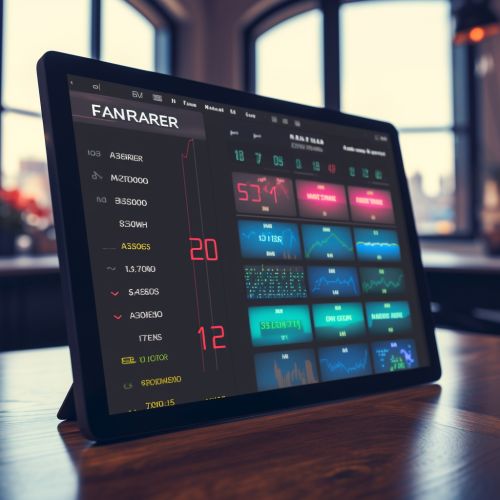
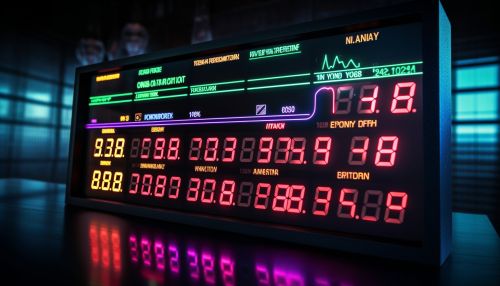
Forex Trading Strategies
There are many strategies that traders use to determine when to buy and sell pairs, but some of the most common include technical analysis, fundamental analysis, and swing trading.
Technical analysis involves reviewing charts or historical data to predict how the currency will move based on past events. Traders can look at the price movement of a currency in the past to determine patterns that can form 'buy' or 'sell' signals.
Fundamental analysis is often used to analyze changes in the forex market by monitoring factors such as interest rates, unemployment rates, gross domestic product (GDP) and other types of economic data that come out of countries.
Swing trading is a strategy that focuses on taking smaller gains in short term trends and cutting losses quicker. The gains might be smaller, but done consistently over time they can compound into excellent annual returns.
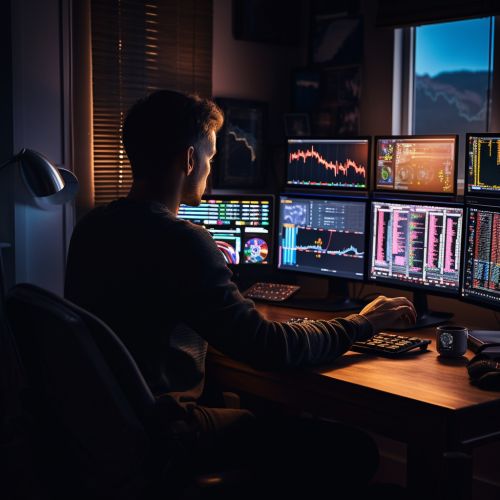

Forex Trading Risks
Forex trading can be risky and complex. The interbank market has varying degrees of regulation, and forex instruments are not standardized. In some parts of the world, forex trading is almost completely unregulated.
The interbank market is made up of banks trading with each other around the world. The banks themselves have to determine and accept sovereign risk and credit risk, and they have established internal processes to keep themselves as safe as possible. Regulations like this are industry-imposed for the protection and benefit of each participating bank.
Since the market is made by each of the participating banks providing offers and bids for a particular currency, the market pricing mechanism is based on supply and demand. Because there are such large trade flows within the system, it is difficult for rogue traders to influence the price of a currency. This system helps create transparency in the market for investors with access to interbank dealing.

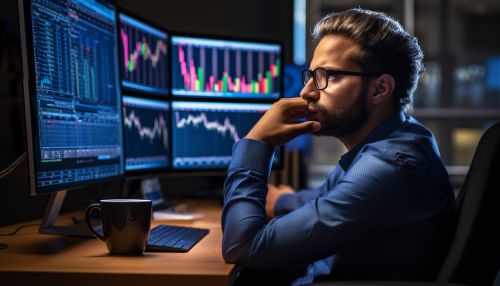
Conclusion
Forex trading is a complex and risky activity that requires knowledge of finance, macroeconomics, and geopolitics. Successful traders need to be well-versed in the language of the forex markets, and must be able to understand and interpret economic data and announcements. The high degree of leverage can work against you as well as for you. Before deciding to invest in foreign exchange, you should carefully consider your investment objectives, level of experience, and risk appetite.
